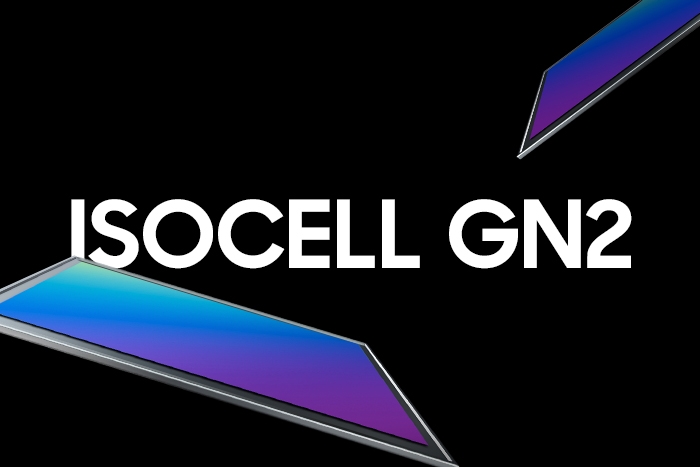
Samsung ISOCELL GN2 50MP Camera Sensor Overview
[ad_1]

Announced in late February, the new Samsung ISOCELL GN2 mobile camera sensor is starting to ship in smartphones such as the Xiaomi Mi 11 Ultra. (official Samsung GN2 site)
ISOCELL refers to Samsung’s generic brand for its sensor pixel technology that claims to reduce inter-pixel leakage of light, making pixel-sensing more accurate for colors, and details. The Samsung GN2 uses ISOCELL 2.0.
The most obvious difference with the 108MP Samsung HMX series is the 50MP resolution, which may turn out to be a great trade-off in the real world. We previously pointed out that Xiaomi had an interesting 27MP auto-mode (read our Xiaomi Mi Note 10 camera review).
Although Samsung’s 108MP photos have proven to produce the sharpest images in daylight (so far, see our Note 20 Ultra camera review), the large photo size creates a potentially adverse impact on HDR capture and image-processing, made 27MP (or 50MP) a tempting proposition over 108MP.
That said, this Samsung GN2 sensor has a trick that allows taking 100MP photos, and we’ll explain why below. As its name indicates, the ISOCELL GN2 is indeed the second generation ‘GN’ sensor and pushes the envelope with:
- A larger pixel and overall sensor size (1.4-micron and 1/1.12” diagonal)
- Autofocus performance.
- HDR performance
As physics dictates, increasing the sensing surface area of a camera is a highly effective way to improve the captured data quality. It is expensive because the cost is proportional to the die area, but it simply works.
The 1.4-micron pixels are 16% larger than the previous 1.2-micron ones, which is a substantial increase in one generation. The sensor uses a Quad-Bayer style pattern and can handle multiple simultaneous ISO gains more efficiently than before.
The Samsung GN2 sensor is enormous:
- 32% larger than the Mate 40 Pro primary sensor
- 42% larger than the Galaxy Note 20 Ultra primary sensor
- 183% larger than the iPhone 12 Pro Max primary sensor
Samsung calls this feature Smart ISO Pro (official Smart Iso Pro page), and it should improve the HDR outcomes such as avoiding light saturation (bright areas) or loss of details (dark spots). Smart ISO Pro sounds like an intelligent HDR encoding in the sensor, which can be read out as two different ISO values (low and high). In plain words, it is capturing the same scene (no ghosting) with the equivalent of two ISO gains.
A “staggered HDR” feature is also available (multiple frames capture over time) if more than two ISO gains are required. Multi-frame capture expands the total dynamic range well above the sensor native capacity but runs a ghosting risk that needs to be removed later (by software).
Another update from the original Samsung GN1 sensor is the Dual Pixel Pro feature (official Dual Pixel Duo page). Samsung was the first OEM to have a mobile camera with Dual Pixel Diode AF, aka Dual Pixel Phase Detection AF aka DPPD AF.
In this technology, each sensor’s pixel is divided into two sub-diodes that can contribute to phase-detection AF. Essentially, this makes the whole sensor an AF sensor, which is one of the best AF hardware techniques. OmniVision also recently touted a similar feature recently.
Making each sub-diode act like an individual pixel contributor technically doubles the sensor resolution, which leads us to the 100MP photos. The sensor can also capture 4K at 120FPS or FHD at 480FPS for stunning slow-motion. Curiously, 8K is limited to 24FPS.
We are looking forward to seeing what this sensor is capable of in the real world, but in the meantime, it will generate impressive Uber HW Camera scores from a hardware standpoint.
Don’t miss our Huawei Mate 40 Pro camera review, and our full test of the iPhone 12 Pro Max camera.
Filed in . Read more about Mobile Camera.
[ad_2]
Source link







